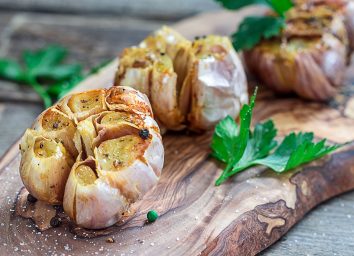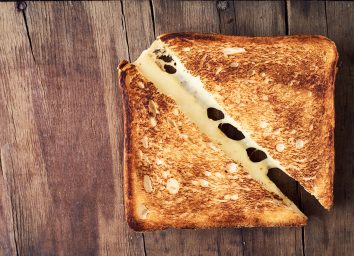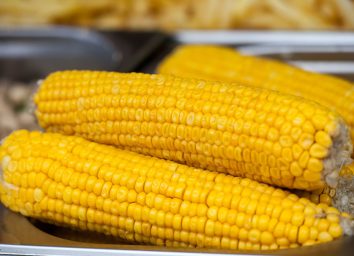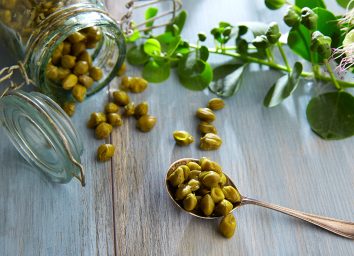Confused About Grits? Here's Everything You Ever Wanted to Know
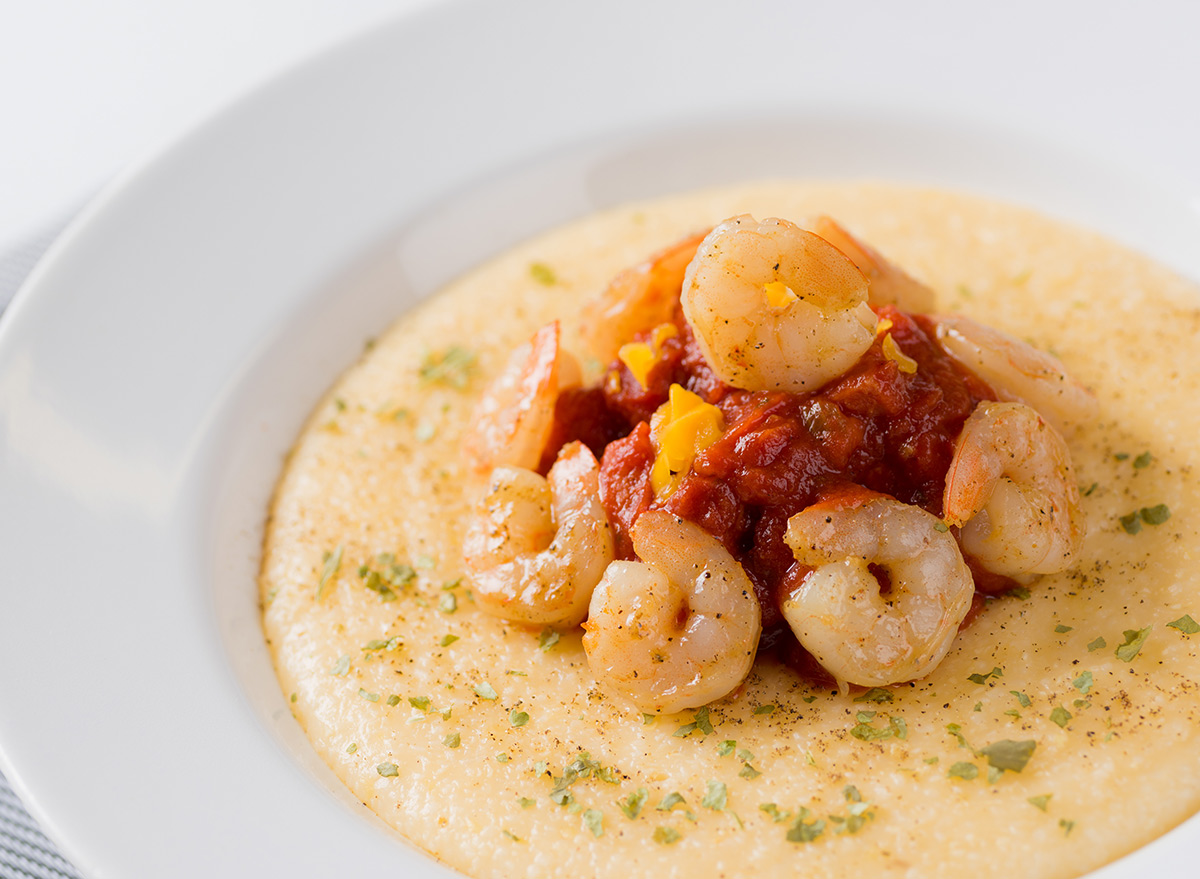
If you've dabbled with Southern cuisine, you've likely tried grits. You know, the buttery and cheesy yellow porridge-looking stuff that's typically served in a soup bowl and garnished with plump shrimp among fresh herbs and maybe even some tomato? But you may be curious as to what they are made from as well as their origins. Well, prepare to ponder on those thoughts no further, because we did the research for you, as well as spoke with Benjamin Maulsby, executive chef at Elm Street Cask & Kitchen in Dallas, Texas to better understand this classic staple in Southern cooking.
What are grits?
"Grits are simply ground corn," says Chef Maulsby. It's truly as simplistic as that! They're made from ground white corn called hominy, which means that the hull of the corn was removed by soaking in an alkaline (something that has a basic pH and is therefore not acidic) substance. They're often easily confused for polenta which brings us to…
Polenta vs. grits—are they the same?
Nope! See, polenta is also made from ground corn, but instead of being made from hominy, it's derived from yellow corn. Polenta also has a coarser grind than its white corn ground counterpart, which causes it to have chewier consistency. Grits, on the other hand, are a lot smoother and have a finer texture.
Of course, the two also differ in origin. The word grit—meaning "coarsely ground grain"—stems from the Old English word, grytt. Whereas polenta is a Latin word meaning, "peeled barley" which is related to pollen or "powder, fine flour." Grits were actually popularized by Native Americans, who first ground the corn into a cornmeal, which ultimately created a porridge of sorts. These first bowls of porridge made by the indigenous peoples of the United States are thought to have been made of grits. Later they became a staple side dish in Southern cuisine, mainly because corn historically was widely produced in the Southern states of the U.S. Now, Midwestern states top the charts in corn production.
Are there different kinds of grits?
Why yes, there are!
"There are grits made from different varieties of corn such as blue and yellow corn," says Maulsby. Blue grits are said to be harder than the traditional type and even pack a sweeter taste. "Also, there are different grinds including fine and coarse [versions]," he says.
How do you cook grits?
The carb-loaded dish is actually pretty easy to cook up and you can add essentially whatever you want to it, which makes it a rather hearty dish.
"I cook grits in water, onion, and garlic to start, and finish with heavy cream and cheese," says Maulsby. So if you're looking for a heavier side dish to pair with your filet of salmon or steak, or even a simpler, plain version with your breakfast, a bowl of this hefty, creamy concoction may be the most compatible mate.
